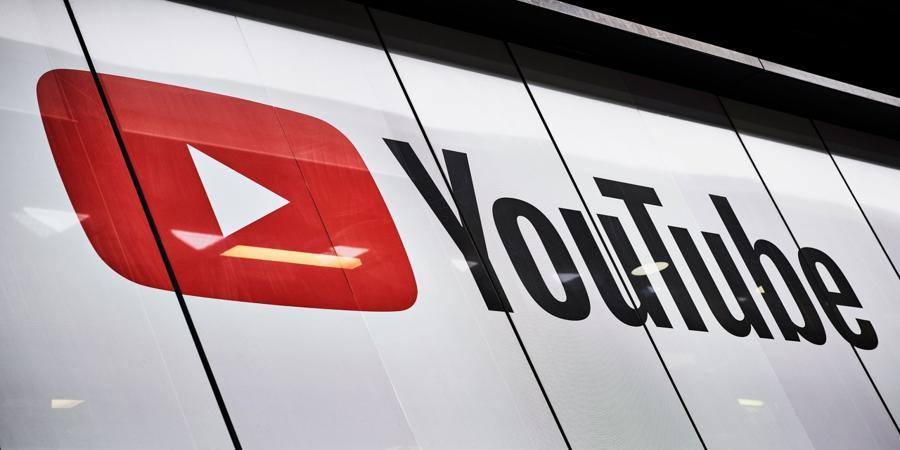YouTube on Thursday announced a new set of AI detection tools to protect creators, including artists, actors, musicians and athletes from having their likeness, including their face and voice, copied and used in other videos. One key component of the new detection technology involved the expansion of YouTube’s existing Content ID system, which today identifies copyright-protected material. This system will be expanded to include new synthetic-singing identification technology to identify AI content that simulates someone’s singing voice. Other detection technologies will be developed to identify when someone’s face is simulated with AI, the company says.
Also of note, YouTube is in the early stages of coming up with a solution to address the use of its content to train AI models. This has been an issue for some time, leading creators to complain that companies like Apple, Nvidia, Anthropic, OpenAI, and Google, among others, have trained on their material without their consent or compensation.
YouTube hasn’t yet revealed its plan to help protect creators (or generate additional revenue of its own from AI training), only says that it has something in the works.
“…we’re developing new ways to give YouTube creators choice over how third parties might use their content on our platform. We’ll have more to share later this year,” the announcement briefly states.
Meanwhile, the company appears to be moving forward with its promise from last year when it said it would come up with a way to compensate artists whose work was used to create AI music. At the time, YouTube began working with Universal Music Group (UMG) and its roster of talent on a solution. It also said it would work on an expansion of its Content ID system that would be able to identify which rightsholders should be paid when their works were used by AI music. The Content ID system currently processes billions of claims per year, and generates billions in revenue for creators and artists, YouTube notes.
In today’s announcement, YouTube doesn’t tackle the compensation component to AI music but does say it is nearing a pilot of the Content ID system’s expansion with a focus on this area. Starting early next year, YouTube will begin to test the synthetic-singing identification technology with its partners, it says.
Another solution in earlier stages of development will allow high-profile figures — like actors, musicians, creators, athletes, and others — to detect and manage AI-generated work that shows their faces on YouTube. This would go a long way to help prevent people from having their likeness used to mislead YouTube viewers, whether it’s for endorsing products and services they never agreed to support, or to help spread misinformation, for instance. YouTube did not say when this system would be ready to test, only that it’s in active development.
“As AI evolves, we believe it should enhance human creativity, not replace it. We’re committed to working with our partners to ensure future advancements amplify their voices, and we’ll continue to develop guardrails to address concerns and achieve our common goals,” YouTube’s announcement said.
Source @TechCrunch



